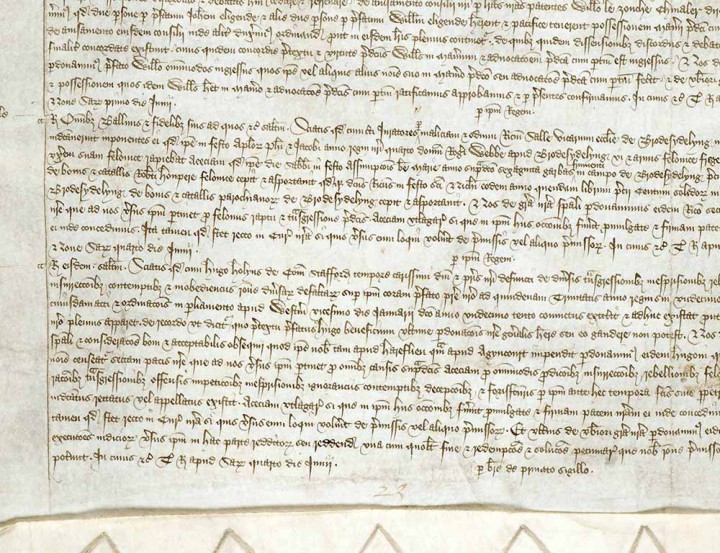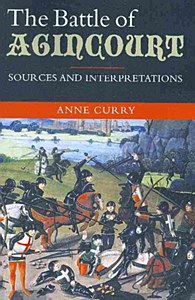
The Battle of Agincourt
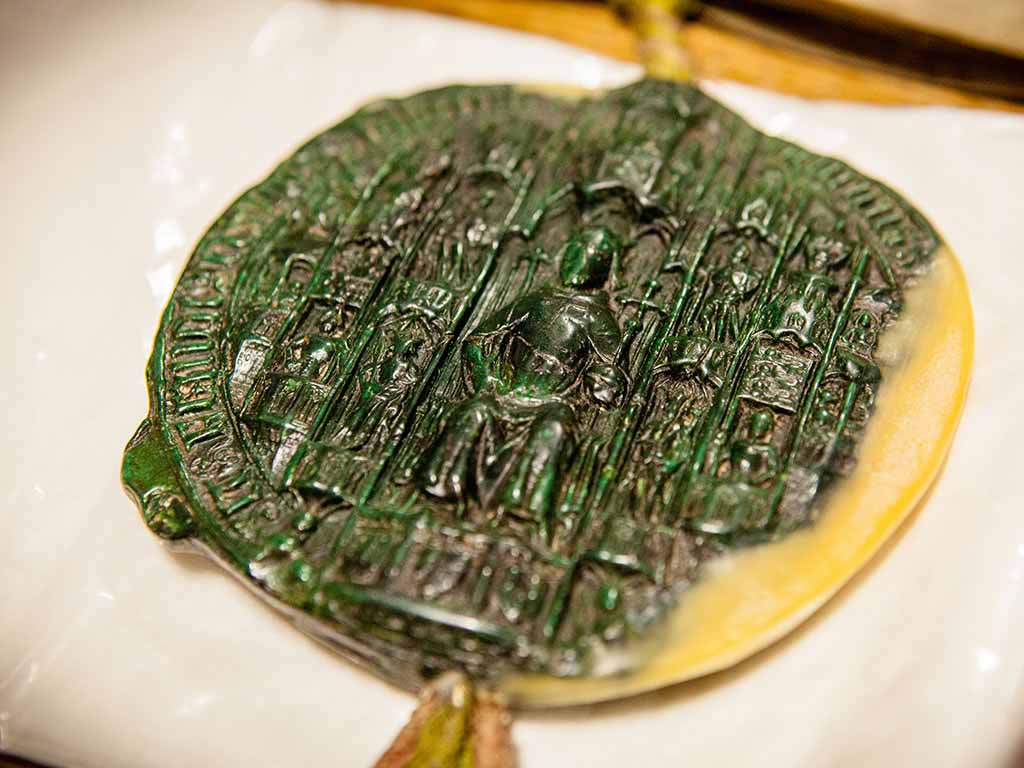
‘Golden’ Seal of Henry V (front side), dated from 1414
600 years ago, King Henry V led an army to victory on the field of Agincourt.
The battle was later immortalised by William Shakespeare in his play Henry V.
Our records provide unique insight into the campaign and battle of 1415, as well as the soldiers who fought in the English army.
Explore records online to discover more about the experience of battle and its aftermath.
Why the battle of Agincourt happened
In 1415, after nearly 25 years of delicate peace between England and France, King Henry V revived what is now known as the Hundred Years War.
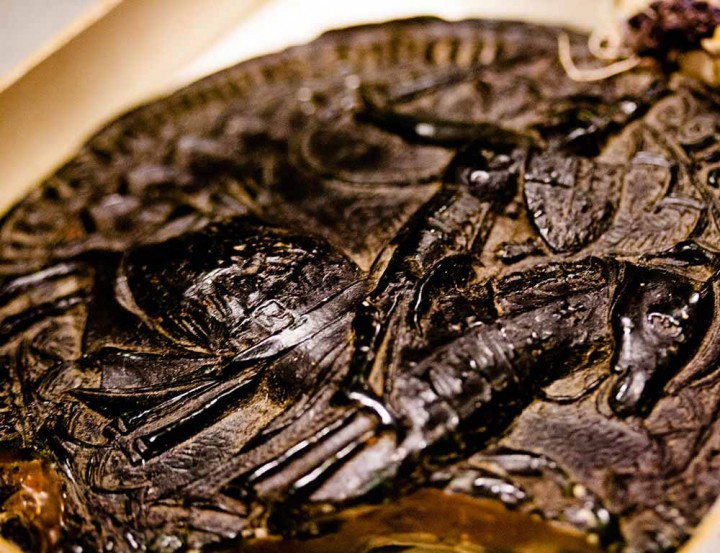
Preparing to fight: Raising soldiers and supplies
In late medieval England, armies were mostly made up of professional soldiers fighting under contract. Find out how they were raised and provided for.
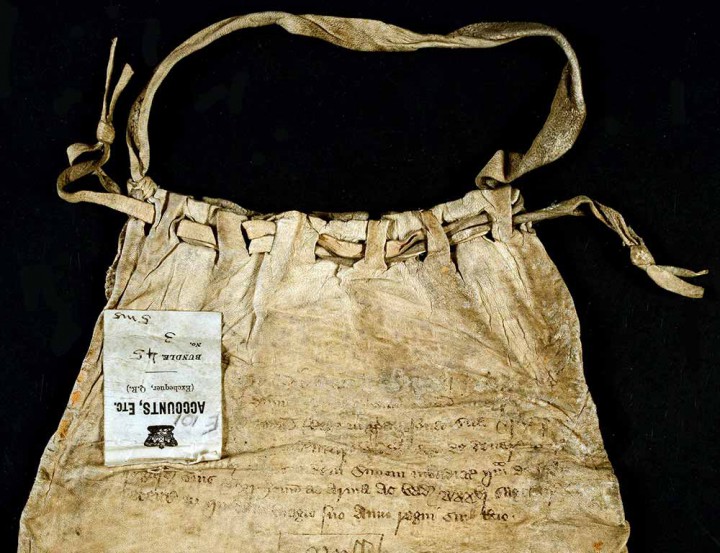
Campaign and battle
On 11 August 1415, Henry sailed from Southampton with an army of about 12,000 men. How did they fight, and why did they win?
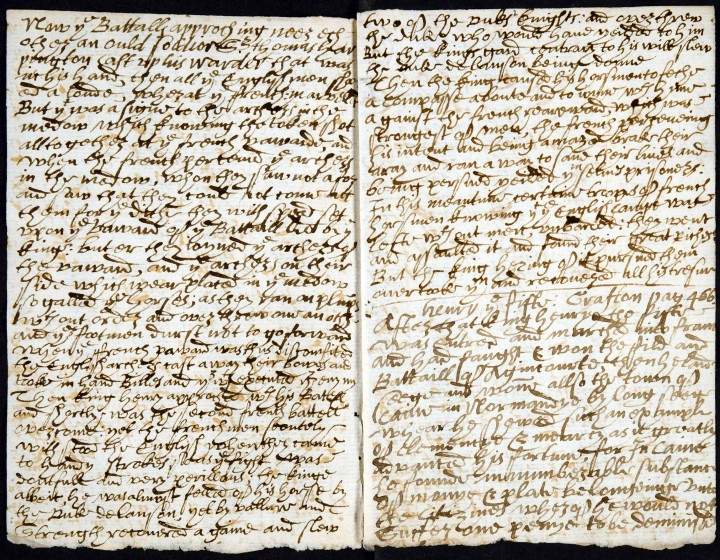
Aftermath and legacy
Victory gave English soldiers glory and set Henry's reputation as one of England’s greatest rulers - but the battle's consequences affected all levels of society.
